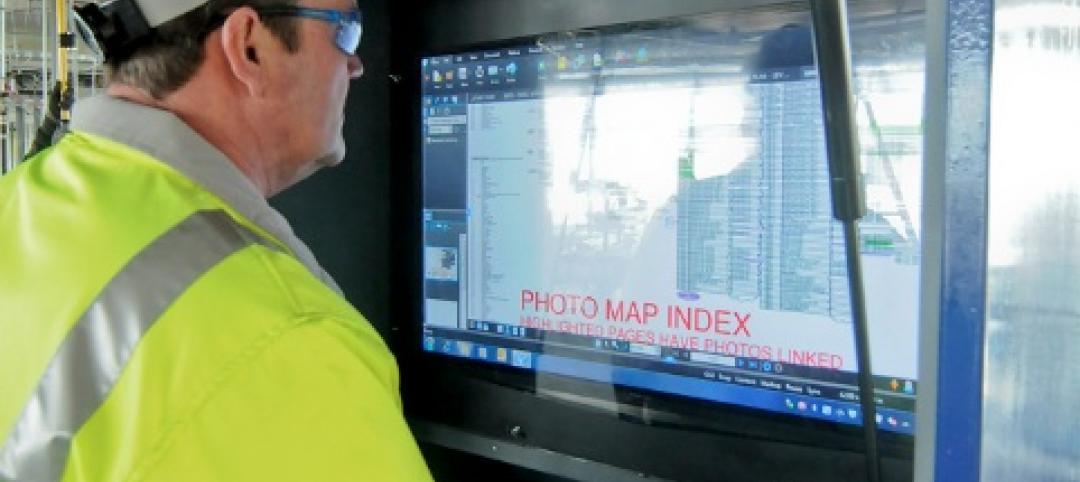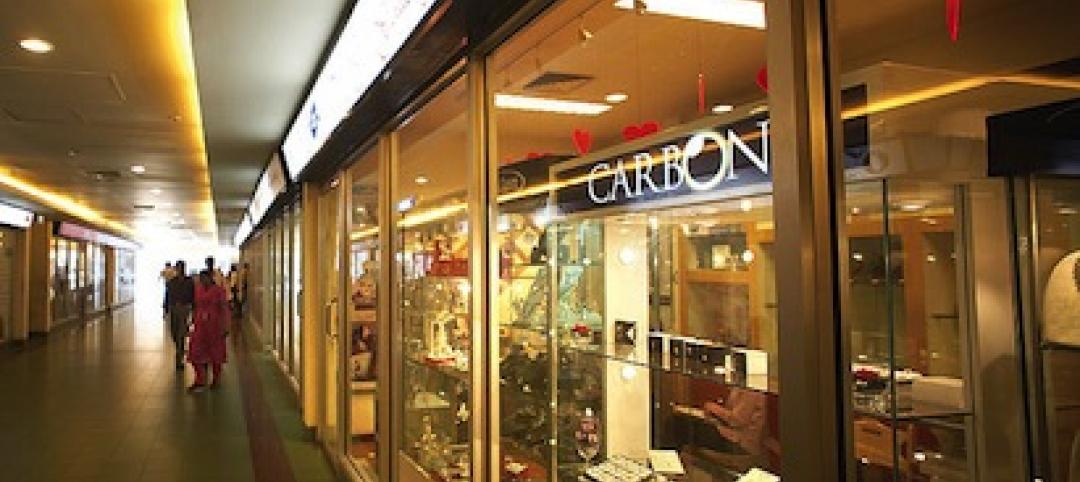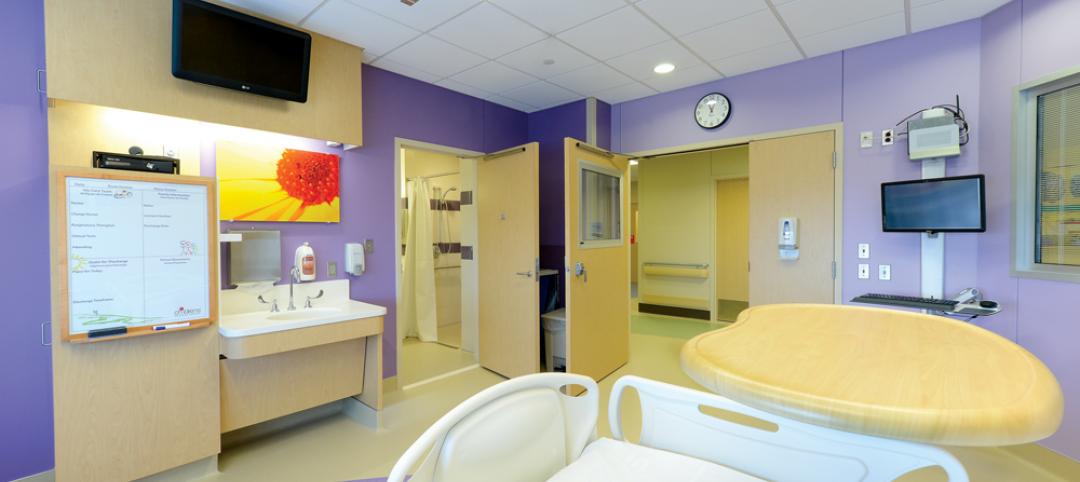WEST LAFAYETTE, Ind. - A partnership of leading earthquake engineering researchers from top U.S. and Canadian universities and design professionals from the steel industry have begun the final phase of a three-year project to increase the seismic safety of buildings that use lightweight cold-formed steel for their primary beams and columns.
Funded by a grant from the George E. Brown, Jr. Network for Earthquake Engineering Simulation Network (NEES), the researchers have already developed a series of computational models to determine how a complete building structure will perform during an earthquake.
Headquartered at Purdue's Discovery Park, NEES is a collaborative, 14-site research initiative that aims to improve structural seismic design and reduce the damaging effects of earthquakes and tsunamis. NEES is funded by a $105 million National Science Foundation grant. NEEScomm is the operations unit at Purdue.
The initial stage in the testing involved the construction of a two-story structure and then testing on a "shake table" at the University of Buffalo. The building will undergo the rigors of a controlled earthquake to determine how it performs. There will be two phases to the shake table testing: Phase One is taking place June 12-14 and will test only the structural components, which include the cold-formed steel skeleton and the OSB (oriented strand board) sheathing for the floor diaphragm and roof; Phase Two will add non-structural components like stairs, gypsum sheathing and interior partitions. The objective is to advance cold-formed steel light-frame design in buildings to the next level and equip engineers to implement these performance-based seismic designs in their projects.
The data from the research is published on NEEShub, the cyberinfrastructure component of the NEES network. The NEEShub platform is powered by Purdue's HUBzero software.
The research team is led by Benjamin Schafer of the Department of Civil Engineering at Johns Hopkins University and a longtime member of two standards-developing committees of the American Iron and Steel Institute (AISI) - the Committee on Specifications and the Committee on Framing Standards. Schafer's team includes additional researchers from Johns Hopkins and Bucknell University, with input from colleagues at the University of North Texas, Virginia Tech and McGill University in Montreal, Canada.
Several steel industry partners are participating in the project, providing technical expertise, donated materials and additional funding. The steel industry partners include the American Iron and Steel Institute, Bentley Systems Inc., ClarkDietrich Building Systems, Devco Engineering Inc., DSi Engineering, Mader Construction Co. Inc., Simpson Strong-Tie Co. Inc., the Steel Framing Industry Association, and the Steel Stud Manufacturers Association.
"We appreciate the valuable technical and economic input that our industry partners have provided," said Schafer, the project's principal investigator.
"This project has already resulted in several innovations that will immediately impact seismic cold-formed steel design standards, making buildings safer," Schafer said. "Now comes the fun part - getting to see how all the research plays out on the shake table. One of the important deliverables from this project will be the transfer of our research results into an open-source software framework. The data will then be made available to engineers, allowing them to see how their structural system designs will respond to an earthquake before they are constructed. This software will create cost efficiencies and potentially save lives."
In fact, project data is already on NEEShub. Preliminary testing conducted on building components (shear walls in particular) have been posted for engineers to examine. Initial uploading of the test data happens immediately after the tests. Fully curated data will happen over the course of this summer.
Schafer said Johns Hopkins graduate student Kara Peterman is on site at the University of Buffalo Structural Engineering and Earthquake Simulation Laboratory (SEESL) and is providing updates on the structure's construction and blog entries at the CFS NEES blog.
Project Background
The award is an outcome of the National Science Foundation 09-524 program solicitation for the George E. Brown, Jr. Network for Earthquake Engineering Simulation Research competition. The title of the project is "NEES-CR: Enabling Performance-Based Seismic Design of Multi-Story Cold-Formed Steel Structures," award number 1041578.
The analysis and initial testing for the project began in late 2010 and took place at John Hopkins University and the University of North Texas. The focus has now moved to the University of Buffalo, where construction of the two-story test building was recently completed. Full-scale shake-table testing is expected to take place in the summer.
About the George E. Brown, Jr. Network for Earthquake Engineering Simulation Network (NEES) at Purdue
Since Oct. 1, 2009, the NEES operations and cyberinfrastructure headquarters has been at Purdue University's Discovery Park, the result of National Science Foundation cooperative agreement #CMMI-0927178. The 14 participating universities hosting NEES laboratories include Cornell University; Lehigh University; Oregon State University; Rensselaer Polytechnic Institute; University at Buffalo, SUNY; University of California, Berkeley; University of California, Davis; University of California, Los Angeles; University of California San Diego; University of California Santa Barbara; University of Illinois, Urbana-Champaign; University of Minnesota; University of Nevada, Reno; and University of Texas, Austin. In addition, 5 institutions involved as administrative partners include: San Jose State University, University of Washington, University of Kansas, University of South Carolina, and the Fermi National Laboratory.
Related Stories
| Dec 5, 2013
Maximizing the impact of online marketing
Because most professional services firms exist to help their clients reduce risk and navigate an uncertain future, they tend to approach the world of online or digital marketing with some caution. Here are four tips for maximizing the impact of online marketing.
| Dec 5, 2013
Translating design intent from across the globe
I recently attended the Bentley User Conference in Vejle, Denmark. I attended the event primarily to get a sense for the challenges our Danish counterparts are experiencing in project delivery and digital communication. One story I heard was from a BIM manager with Henning Larsen Architects in Denmark, who told me about a project she’d recently completed overseas in the Middle East. She outlined two distinct challenges and offered some interesting solutions to those challenges.
| Dec 3, 2013
‘BIM for all’ platform pays off for contractor
Construction giant JE Dunn is saving millions in cost avoidances by implementing a custom, cloud-based BIM/VDC collaboration platform.
| Dec 3, 2013
Historic Daytona International Speedway undergoing $400 million facelift
The Daytona International Speedway is zooming ahead on the largest renovation in the Florida venue’s 54-year history. Improvements include five redesigned guest entrances, an extended grandstand with 101,000 new seats, and more than 60 new trackside suites for corporate entertaining.
| Dec 3, 2013
Creating a healthcare capital project plan: The truth behind the numbers
When setting up a capital project plan, it's one thing to have the data, but quite another to have the knowledge of the process.
| Dec 3, 2013
Architects urge government to reform design-build contracting process
Current federal contracting laws are discouraging talented architects from competing for federal contracts, depriving government and, by inference, taxpayers of the best design expertise available, according to AIA testimony presented today on Capitol Hill.
| Dec 3, 2013
Construction spending hits four-year peak after rare spike in public outlays
An unusual surge in public construction in October pushed total construction spending to its highest level since May 2009 despite a dip in both private residential and nonresidential activity.
| Nov 27, 2013
BIG's 'oil and vinegar' design wins competition for the Museum of the Human Body [slideshow]
The winning submission by Bjarke Ingels Group (BIG) and A+ Architecture mixes urban pavement and parkland in a flowing, organic plan, like oil and vinegar, explains Bjarke Ingels.
| Nov 27, 2013
Retail renaissance: What's next?
The retail construction category, long in the doldrums, is roaring back to life. Send us your comments and projects as we prepare coverage for this exciting sector.
| Nov 27, 2013
Pediatric hospitals improve care with flexible, age-sensitive design
Pediatric hospitals face many of the same concerns as their adult counterparts. Inpatient bed demand is declining, outpatient visits are soaring, and there is a higher level of focus on prevention and reduced readmissions.

















